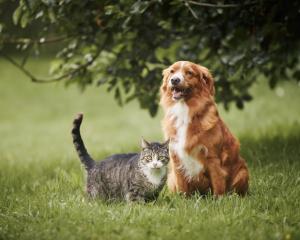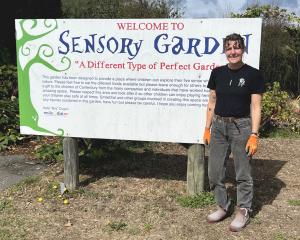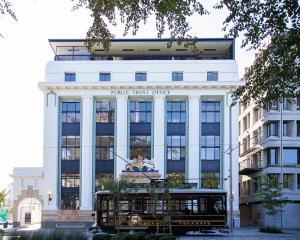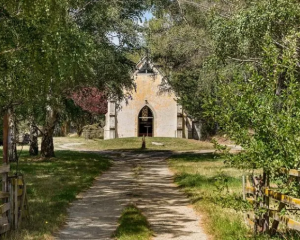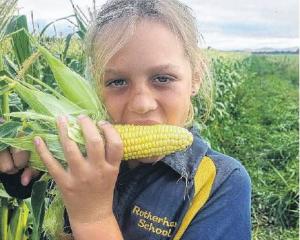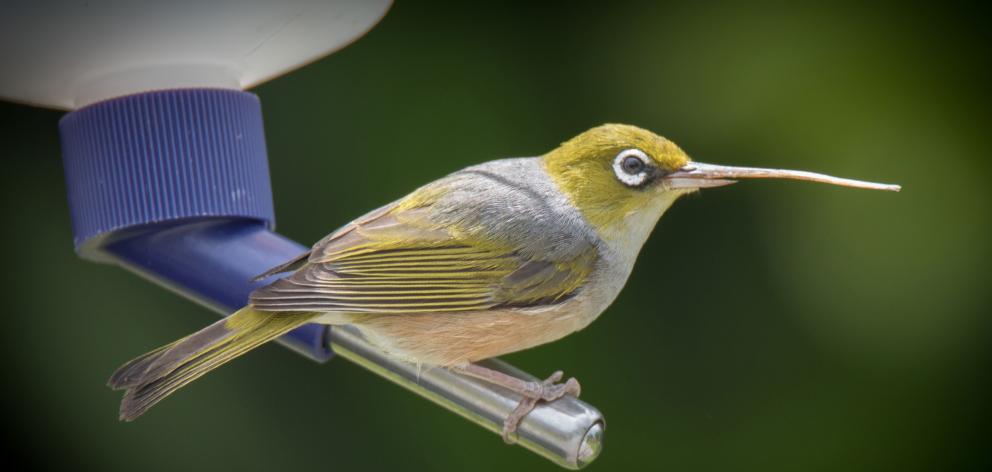
Among the wax-eyes, or silvereyes, at Dunedin photographer Angus McNaughton’s Pukehiki backyard bird feeder was one that caught his eye.
Mr McNaughton said he did not know quite what he was looking at until he zoomed in on the photographs he had taken last week.
The individual’s upper beak appeared far longer than its lower beak and tongue, he said.
"I haven’t seen anything like it before — it’s actually the oddest bird I’ve seen — from all the birdwatching I’ve done," he said.
"It can’t actually feed from the end of its beak. It’s a bit sad for the little guy."
The other wax-eyes the individual was with stayed in his garden for days before moving on.
To find out more, Mr McNaughton, whose birdlife photography is now on display at The Dunedin Museum of Natural Mystery, posted a photo to a New Zealand bird photography Facebook page where answers ranged from "a freak of nature, perhaps" to others suggesting "avian keratin disorder", understood to be a disorder among some wild birds in North America resulting in overgrown and deformed beaks.
Department of Conservation technical adviser for ecosystems and species Bruce McKinlay, when asked yesterday to speculate on the possibility of the presence of avian keratin disorder, called the photo "interesting" but said "without having the bird in the hand it’s hard to express an opinion".
"Silvereyes do suffer from viruses which can cause pox around the nostril. This might be a variation on this, or something different," he said.



